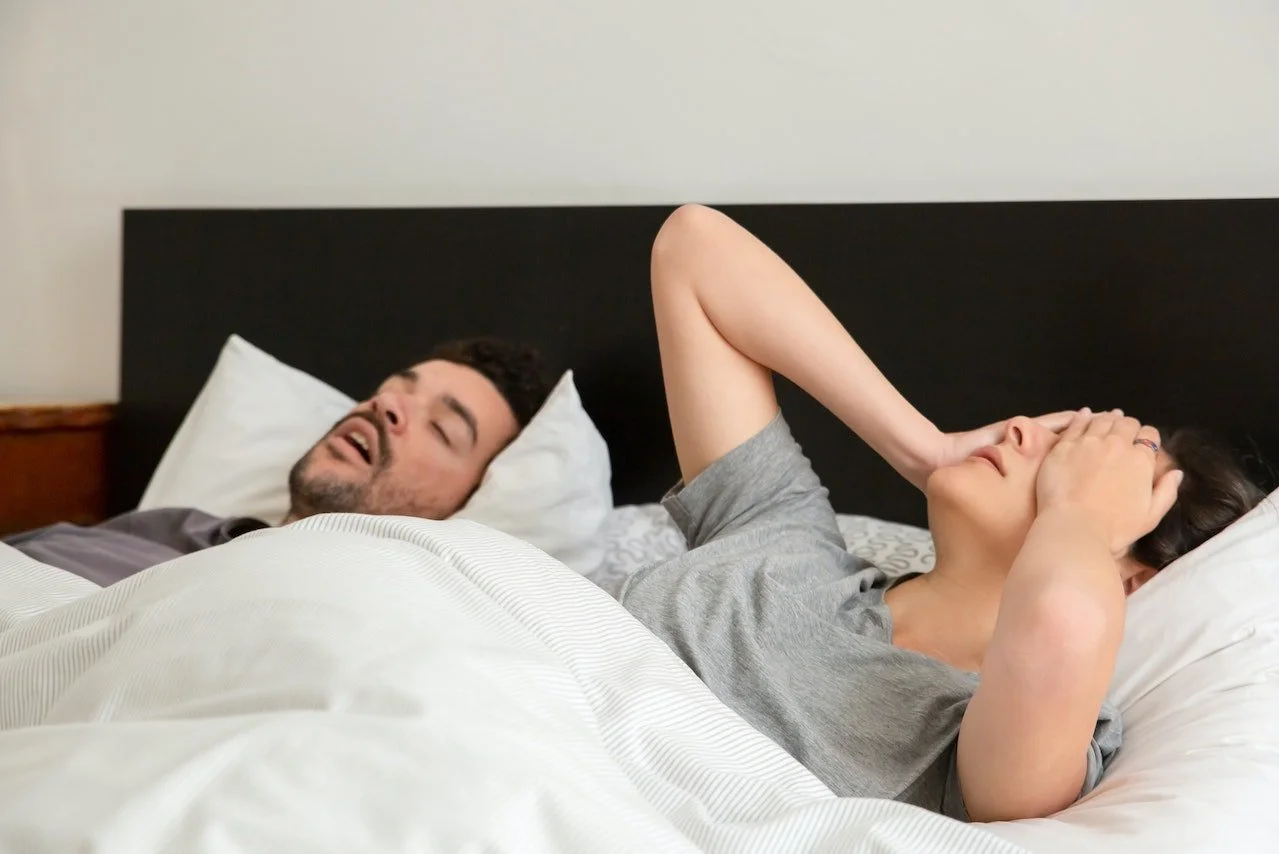Understanding Snore Guards
Anti-snoring braces are ideal for people who snore regardless of their sleeping position and even if their mouth is closed.
Some people aren’t aware that they snore at night until someone else tells them. And it can be embarrassing to realize they’ve kept a partner up due to the noise. Therefore, snore guards are an effective solution.
Learn about the different types of snore guards and how they work.
Different types of snore guards
Anti-snoring braces
Anti-snoring braces are ideal for people who snore regardless of their sleeping position and even if their mouth is closed. Anti-snorting braces are covered in silicone, bow-shaped, and fitted to the back of the mouth. They add light pressure to the palatal arch, which prevents snoring.
A mouthpiece
Many factors cause night snoring, but one of the most common is the tongue dropping to the back of the throat. A mouthpiece helps to resolve the problem by applying light tension to the bottom jaw while bringing the tongue forward. This clears the airway and prevents the loud noises associated with snoring.
A snoring mouthguard
This mouthguard differs slightly in function compared to the snoring mouthpiece. A snoring mouthguard is like a “mouth shield.” It stops the throat and tissue muscles found at the back of the mouth from vibrating, also known as snoring. It’s shaped similarly to the guard boxers wear during bouts but has a slimmer design. It surrounds the top teeth in the mouth and has a loose, comfortable fit. This ensures no discomfort while sleeping and no risk of choking.
How do the different devices function?
ll the above devices serve the same purpose: to prevent snoring. But they function differently according to their fitting. Snore guards work in two ways: by applying pressure or using traction in the mouth.
The pull effect
Snore guards that use the pull effect often have a more comfortable and flexible fit. They’re primarily designed with plastic spacers or elastic strips and stop snoring by applying light tension on the mandible, which brings the jaw forward and prevents the tongue from sliding to the back of the throat.
Applying pressure
Mandibular snore guards apply pressure and aim to bring the jaw forward with a connection in the guard that’s either a plug or a tight screw. Because this is a fixed connection, once the mouth guard has been inserted, the lower jaw can’t move, and the tissue immediately tenses.
Oral hygiene for snore guards
Whichever option you choose, ensure you practice good oral hygiene when they are worn. Food particles left in the mouth at night encourage the formation of oral flora bacteria. A snore guard would create a perfect environment for bacteria growth, leading to tooth decay. After use, brush your teeth and snore guard daily to prevent bacteria growth and tooth decay.
Get the best solution for snoring
Anyone suffering from snoring should visit a reputable dental care provider for advice on purchasing the right snore guard.
If you need a gentle, caring dental team, please call Jennifer Fineberg’s office at (623) 362-2550. We’ll give you the very best dental care we can!
